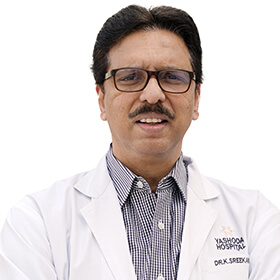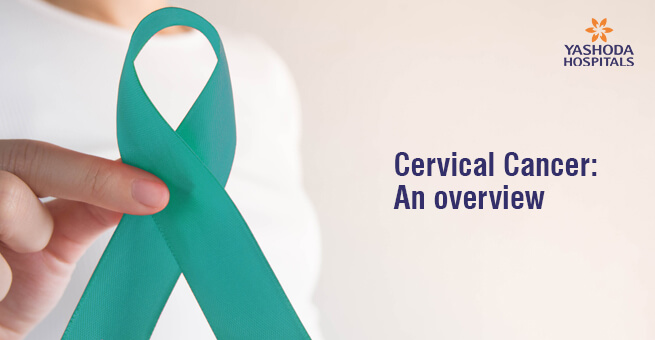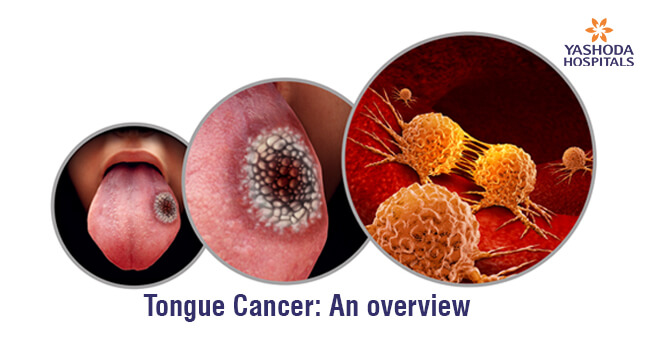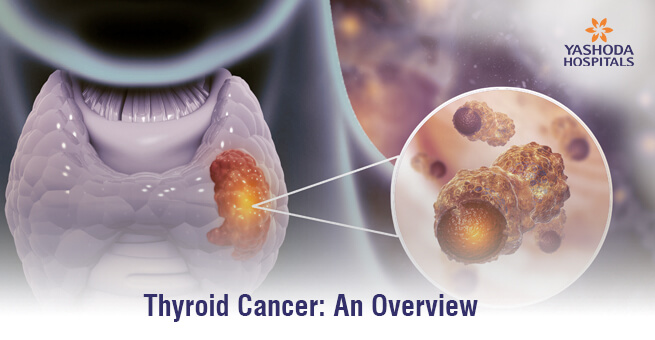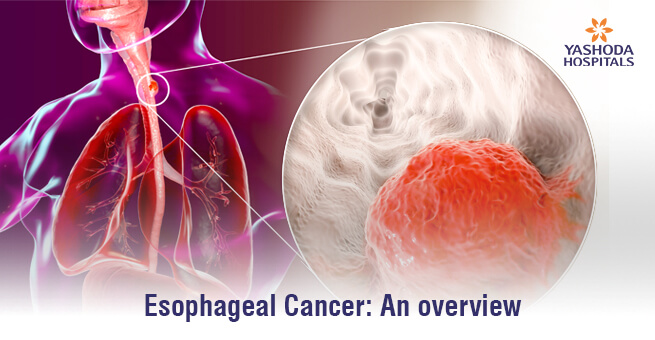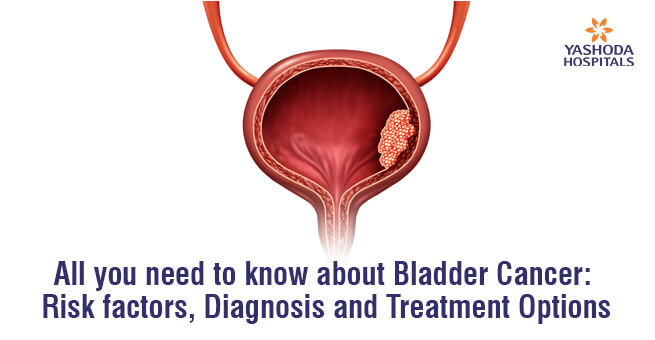Sarcomas: Causes, Types, Symptoms, Diagnosis & Treatment

What is a Sarcoma?
- It is a type of cancer that begins in the bones or the soft tissues of the body. The soft tissues of our body include cartilage , nerves , tendons, fat, muscles,blood vessels, fibrous tissue, the lining of the joints ,or other connective or supportive tissue.
- This type of cancer can occur in both adults and children in various locations in the body.
- In a soft tissue sarcoma several types of growths that are abnormal in nature can be seen and these are called malignant tumors or cancer. In such malignant growths, the tumor breaks off and spreads into the surrounding tissues in the body ,lodging themselves in the lungs, liver , brain or other organs.
- Sarcomas in the soft tissue are rare, especially when compared to carcinomas,also a type of malignant tumor. These can be life threatening , especially if diagnosed when a tumor is already big and has spread to the other surrounding tissues.
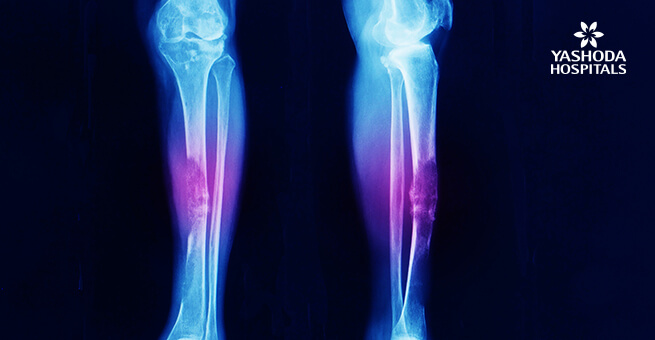
What causes a Sarcoma?
The cause of Sarcoma is not known yet. Generally, cancer is formed in a body when changes ( mutations) are observed in the DNA of the cells. A cell consists of DNA which are a large number of individual genes that consist of a set of instructions based on which a cell functions besides growing and dividing.
- These mutations instruct the cells to divide and grow uncontrollably and the accumulating abnormal cells form a tumor.
- These cells divide and spread( metastasized) to the other parts of the body through blood vessels or Lymphatics.
What are the types of Sarcoma?
Sarcomas in soft tissue are mostly seen in the arms or legs, in the trunk, internal organs, head and neck region and the back of the abdominal cavity. The name of the sarcoma depends on where the cancer has formed or grown:
- Sarcomas formed in bones called as Osteosarcoma
- Malignant tumors seen in fat are called liposarcomas
- Cancerous sarcomas seen in smooth muscle around internal organs are called leiomyosarcomas
- Malignant tumors formed in the skeletal muscle are called rhabdomyosarcomas
- Tumors that begin in the gastrointestinal(GI) tract or digestive tract are called gastrointestinal stromal tumors (GISTs)
Some other soft tissue sarcomas that are very rare are:
- Kaposi sarcoma
- Neurofibrosarcoma
- Angiosarcomas
- Spindle cell tumors
- Malignant schwannomas
- Neurogenic sarcomas
- Synovial sarcomas
- Fibrosarcomas
- Clear cell sarcomas
- Pleomorphic undifferentiated sarcoma
What are the symptoms of sarcoma?
Sarcomas may be asymptomatic initial stages and may get symptomatic with time. Some of the signs and symptoms of sarcomas are:
- Most commonly it is a lump that is painless or mass that can be felt through the skin of the arm or leg can be the first sign of a soft tissue sarcoma.
- Abdominal pain- when a sarcoma develops in the stomach, it is not detectable unless its growing size presses on the other structures ,resulting in abdominal pain.
- Intestinal blockage
- Weight loss
- Bone pain- Minor injury or no injury at all leading to a broken bone/ fracture.
- Other symptoms may include blood in vomit or stools and black tarry stools.
What are the factors that increase the risk of sarcomas?
Factors that increase the risks of sarcomas are:
- Inherited syndromes or acquired DNA mutations, or defects that increase the risk of cancer can be passed on to children from parents. Some of the examples are retinoblastoma and neurofibromatosis type 1
- Radiation therapy used to treat cancer in childhood, increases the risk of developing sarcoma in the later stages
- Cancers in the stomach or bowel can be caused by gardner’s syndrome
- Neurofibromatosis causes nerve sheath tumors
- The virus namely human herpesvirus 8 increases the risk of developing kaposi sarcoma in people with a weak immune system
- Getting exposed to certain harsh industrial chemicals and herbicides may increase the risk of sarcoma that can affect the liver
- When a chronic swelling is seen or caused by accumulation of lymph fluid ,which occurs due to a blocked or damaged lymphatic system, increases the risk for developing angiosarcoma.
How can sarcomas be diagnosed?
Sarcomas can be diagnosed with the help of certain tests and procedures that can help in determining the extent of the cancer.
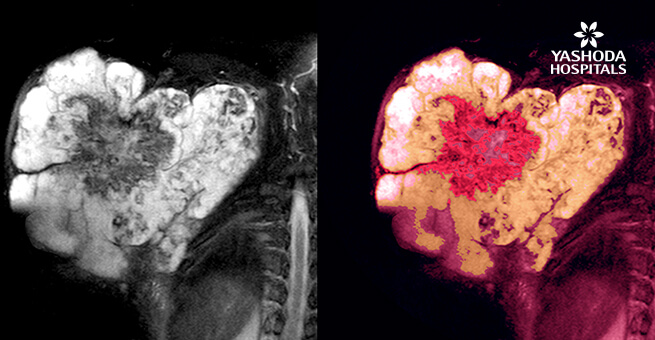
- A physical examination is done to access and evaluate the symptoms that can help in the further diagnosis
- The doctor advises imaging tests depending on the situation. Tests that are advised are X Rays which are done to diagnose problems in the bone, MRI is done to diagnose connective tissue problems and other tests like CT scan, bone scans and PET (positron emission tomography) can be advised further.
- BIOPSY- This is a procedure done to remove a piece or remove a sample from the suspicious tissue for testing in the lab. These tests help in determining the nature of the cells ,whether they are cancerous or non- cancerous and help in choosing the best treatment. The collection of a biopsy sample depends entirely on the situation of the disease. Most of the biopsies that are done are closed biopsies or as outpatient procedures by the radiologist under guidance.
How can Sarcomas be treated?
The treatment for sarcomas completely depends on the type, location and grade of the cancer and the exact cell type that the tumor has originated from. The treatment can vary when the tumor is metastasized or has spread to the other tissues. The treatments for sarcoma may be as follows:
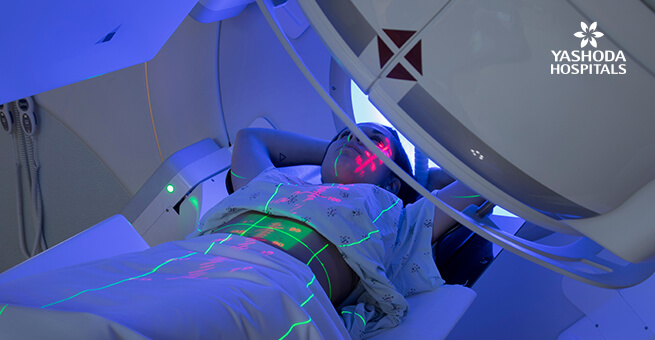
- Sarcoma is most commonly treated with surgery for the removal of cancer. Surgery is mainly done to completely remove the cancer cells. In some cases, amputation may be necessary to completely remove the cancer cells, but this is only done when there is no option left as the doctor tries to preserve limb function as much as possible. The risks involved with surgery are bleeding, infection and damage to the surrounding nerves.
- Radiation therapy such as x rays and protons which use high powered energy beams are used to kill cancer cells. An external beam radiation such as a machine directing the beams of energy moves around the body or a temporary radiation like brachytherapy can be placed in the body. Intraoperative radiation can also be used.
- A drug treatment that uses chemicals to kill the cancer cells called chemotherapy is used. Some of the sarcomas respond better to chemotherapy treatments than the other treatments.
- A treatment which uses drugs to attack the specific weaknesses in cancer cells is called targeted therapy. After a certain period the cancer cells are tested to check the viability of the treatment.
- Treatment that involves drugs which use the immune system of the body to fight the cancer cells. These cells produce proteins that blind the immune system cells of the body and hence the body’s immune system does not attack. Immunotherapy drugs are used to interfere with the process.
- Ablation therapy is a treatment in which electricity is used to destroy cancer cells by heating the cells,very cold liquid to freeze the cells or by passing high frequency ultrasound waves to damage the cells.
Management of Sarcomas during COVID-19
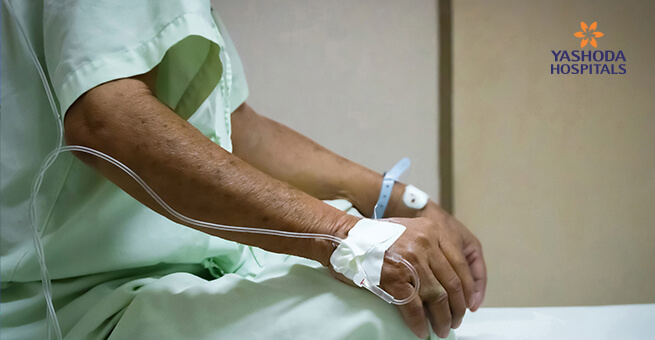
- Soft tissue sarcomas which are primary in nature and without the metastatic disease , on staging can need surgery that can be prioritized for the OR.
- Resection of newly diagnosed extremity atypical lipomatous tumor (ALT) , classic dermatofibrosarcoma protuberans without fibrosarcomatous degeneration and desmoid can be deferred for 3 month or more.
- Resection of other low-grade sarcomas with known indolent behavior (e.g., retroperitoneal well-differentiated liposarcoma) and low metastatic risk (e.g Myxoid liposarcoma, low grade-fibromyxoid tumor) can be deferred for short intervals depending on available resources and absence of symptoms.
- Consider deferral of re-excision for R1 margins in extremity/truncal lesions if OR resources are limited and there is no evidence of residual disease on imaging.
- If there is an indication for radiation therapy, plan to do it preoperatively. This can be administered in a lower risk outpatient setting and will push out the timing of surgery for about 3-4 months. In addition, consider the use of preoperative radiation therapy as a bridge therapy to postpone surgery when appropriate, even if the treatment is not standard, but there is evidence that it won’t harm (i.e. preoperative radiation therapy in retroperitoneal liposarcoma).
- Use of neoadjuvant chemotherapy for high grade sarcomas at any site or for recurrent disease can be considered if it can be safely delivered in an outpatient setting as a means of deferring surgical intervention.
- Use of neoadjuvant Imatinib in localized GIST as a bridge therapy can be considered even if a formal indication for neoadjuvant therapy does not exist, provided the mutation is sensitive.
- Active observation protocols or low-toxicity systemic options can be considered for patients with recurrent disease. Surgery for recurrent disease can be offered to patients who: a. are likely to have relatively high chances of obtaining long-term disease control in the context of complete gross resection (e.g., long disease-free interval, solitary site of recurrence) b. require immediate palliation (e.g., due to bleeding, obstruction) c. do not have indolent histologies (e.g., well-differentiated liposarcoma in the retroperitoneum or classic solitary fibrous tumor) that can be managed with active observation.
References:
- Mayo Clinic. Sarcomas. https://www.mayoclinic.org/diseases-conditions/sarcoma/diagnosis-treatment/drc-20452650
- Healthline . Sarcomas.https://www.healthline.com/health/rhabdomyosarcoma#outlook
- Surgonc. Management of sarcoma during COVID https://www.surgonc.org/wp-content/uploads/2020/03/Sarcoma-Resource-during-COVID-19-3.30.20.pdf
About Author –
Dr. K. Sreekanth, Consultant Surgical Oncologist, Yashoda Hospital, Hyderabad
MS, M.Ch (Surgical Oncology)










